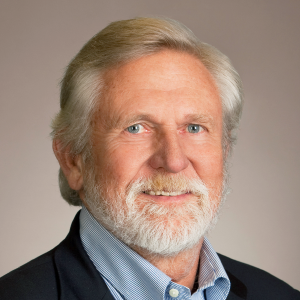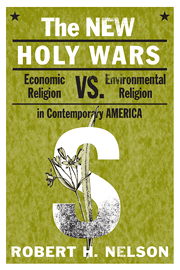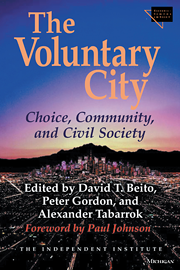East Africa remains home to large numbers of elephants, buffaloes, hippopotamuses, crocodiles, gazelles, and many other species, but poachers have almost wiped out rhinoceroses in the past 15 years. With an exploding human population, Africa’s remaining wild species will go the way of the rhinos unless better ways are found to reconcile wildlife and human habitation.
The African wildlife conservation movement long took its cues from the U.S. but eventually saw the American way didn’t work in Africa. The old strategy resulted in large national parks, often established by colonial authorities, from which humans were virtually excluded. In some cases, these parks were created through a kind of ethnic cleansing in which native peoples were removed from lands they and their ancestors had long inhabited. It was command-and-control environmentalism at its worst.
The humans not only resented, they openly defied, antipoaching laws.
Hungry people will do what is necessary to feed their children.
Moreover, much of African wildlife is highly migratory—unlikely to differentiate between national parks and some poor farmer’s cornfield.
Now African environmentalists have abandoned the American model and are devoting their efforts to finding ways to bring wildlife into the market system.
The Campfire program in Zimbabwe has received international attention as a working example of this trend. Near Hwange National Park, a foreign hunter pays $10,000 to shoot an elephant—a hard target to miss—and the money goes into a pot that is divided among the people in the immediate surrounding community and a district council. A lion costs about $3,500; a buffalo, $2,000; and an impala, $300.
At these prices, the locals want to keep large numbers of the animals alive for future hunting revenues, rather than eliminate their nuisance presence.
In northern Malawi, Peace Corps volunteer Stephanie Jayne has helped to set up a program by which local people—formerly forbidden to forage in the park—can harvest thatch grass (used in Africa to build houses) in the nearby Vwasa Marsh preserve. Community rights to fish and collect medicinal plants and other resources within the park boundaries may soon exist as well. On a recent trip to East Africa I saw other market-oriented initiatives of this kind in Zambia and Tanzania.
I sense the world environmental movement is at a crossroads—even if it doesn’t know it. A few years ago a conference of 60 world wildlife conservation leaders at Airlie House in northern Virginia noted: “The chief strategy of conservationists for more than a century has been exclusionary and implicitly misanthropic.” It concluded: “Homo sapiens is an ecological reality” and efforts to “conserve biological diversity must be efforts to address human needs, too.”
Unfortunately, too often the environmental movement in the U.S. is still operating according to the old ways of thinking. When the Endangered Species Act was applied in the Pacific Northwest, it decreed that the protection of the northern spotted owl must have priority over any human needs. Lumber mills shut down and workers by the thousands were put out of their jobs. Too bad, shrugged the environmentalists.
Professor William Cronon of the University of Wisconsin at Madison is perhaps America’s most distinguished environmental historian. He set off a firestorm in the environmental movement with a recent article called “The Trouble with Wilderness.” Cronon is bothered by the movement’s tendency to contrast between “malign civilization” and “benign nature.”
There is an “undying dualism” expressed here, he says, in “a contrast of good and evil. And humans are on the evil side.”
Which, as he pointed out, can lead only to one conclusion: “The only way to save nature is to kill ourselves.” Calvinism minus God—people are sinners with no hope of redemption short of mass suicide.
If the American environmental movement expects to continue to enjoy popularity, it had better learn to make some of the compromises that are being tried in Africa today. We love our forests and lakes and mountains, but not more than we love ourselves.












